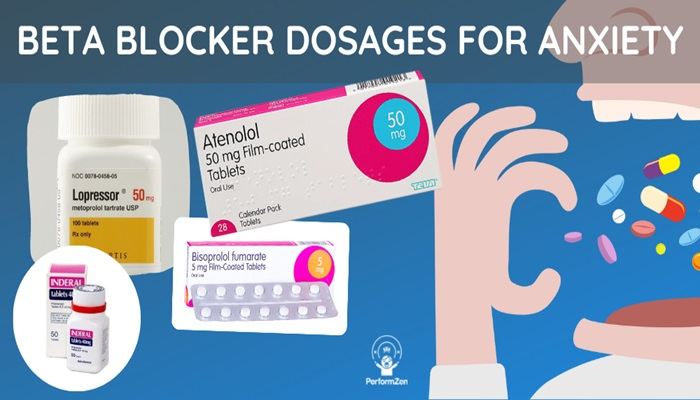Heart failure is a complex clinical syndrome characterized by the heart’s inability to pump sufficient blood to meet the body’s needs. It affects millions of individuals worldwide, making effective management critical. The treatment of heart failure has evolved significantly over the years, with a range of medications available that can improve symptoms, enhance quality of life, and prolong survival. This article explores the best medications for heart failure, their mechanisms of action, indications, and considerations for use.
Understanding Heart Failure
Before delving into the pharmacological management, it’s essential to understand the types of heart failure. The two primary classifications are:
Heart Failure with Reduced Ejection Fraction (HFrEF): Also known as systolic heart failure, characterized by a left ventricular ejection fraction (LVEF) of less than 40%.
Heart Failure with Preserved Ejection Fraction (HFpEF): This form includes patients with a preserved ejection fraction (LVEF ≥ 50%), where the heart’s pumping ability is relatively normal, but the heart’s filling is impaired.
SEE ALSO: What Is The Leading Cause of Obstructive Heart Failure?
Pathophysiology
Heart failure results from various underlying conditions, including coronary artery disease, hypertension, cardiomyopathies, and valvular heart disease. The pathophysiology involves a combination of neurohormonal activation, myocardial dysfunction, and fluid overload, leading to the characteristic symptoms of fatigue, dyspnea, and edema.
Pharmacological Management of Heart Failure
The cornerstone of heart failure management involves a multi-faceted approach using various medications. Below, we outline the best medications currently available, categorized by their therapeutic classes.
1. ACE Inhibitors
Angiotensin-Converting Enzyme (ACE) inhibitors are fundamental in the treatment of heart failure, particularly in patients with HFrEF.
Mechanism of Action: ACE inhibitors block the conversion of angiotensin I to angiotensin II, resulting in vasodilation, reduced blood pressure, and decreased myocardial workload.
Commonly Used ACE Inhibitors:
- Enalapril
- Lisinopril
- Ramipril
Indications: Recommended for all patients with HFrEF unless contraindicated. They significantly reduce mortality and hospitalizations associated with heart failure.
Side Effects: Common adverse effects include hypotension, hyperkalemia, and cough. Angioedema is a rare but serious complication.
2. Angiotensin Receptor Blockers (ARBs)
For patients who cannot tolerate ACE inhibitors, Angiotensin Receptor Blockers (ARBs) serve as an effective alternative.
Mechanism of Action: ARBs block the action of angiotensin II at its receptor sites, leading to similar benefits as ACE inhibitors without the cough.
Commonly Used ARBs:
- Losartan
- Valsartan
- Candesartan
Indications: Indicated for patients with HFrEF, particularly those with persistent symptoms despite optimal treatment with ACE inhibitors.
Side Effects: Similar to ACE inhibitors, but generally with a lower incidence of cough. Risks include hypotension and hyperkalemia.
3. Beta-Blockers
Beta-Blockers are crucial in managing heart failure, especially in patients with HFrEF.
Mechanism of Action: They block beta-adrenergic receptors, leading to decreased heart rate, reduced myocardial oxygen demand, and improved cardiac output.
Commonly Used Beta-Blockers:
- Carvedilol
- Metoprolol Succinate
- Bisoprolol
Indications: Recommended for all stable patients with HFrEF. They reduce mortality and hospitalizations significantly.
Side Effects: Fatigue, bradycardia, hypotension, and worsening heart failure during initiation are potential adverse effects.
4. Mineralocorticoid Receptor Antagonists (MRAs)
Mineralocorticoid Receptor Antagonists (MRAs) play a vital role in the management of heart failure with reduced ejection fraction.
Mechanism of Action: These drugs block the effects of aldosterone, promoting sodium and water excretion while retaining potassium.
Commonly Used MRAs:
- Spironolactone
- Eplerenone
Indications: Indicated for patients with HFrEF, especially those with symptomatic heart failure or post-myocardial infarction with reduced ejection fraction.
Side Effects: Hyperkalemia, hypotension, and renal dysfunction are common risks associated with MRAs.
5. SGLT2 Inhibitors
Sodium-Glucose Cotransporter-2 (SGLT2) Inhibitors have emerged as a breakthrough therapy for heart failure, demonstrating benefits beyond glycemic control.
Mechanism of Action: These agents promote diuresis and natriuresis by inhibiting glucose reabsorption in the proximal renal tubule, leading to reduced fluid overload.
Commonly Used SGLT2 Inhibitors:
- Dapagliflozin
- Empagliflozin
- Canagliflozin
Indications: Recommended for both HFrEF and, more recently, for HFpEF, showing reduced heart failure hospitalizations and cardiovascular mortality.
Side Effects: Risk of urinary tract infections, dehydration, and hypotension.
6. ARNI (Angiotensin Receptor-Neprilysin Inhibitor)
ARNI is a novel therapeutic class that combines an ARB with a neprilysin inhibitor.
Mechanism of Action: By inhibiting neprilysin, ARNI enhances the levels of natriuretic peptides, leading to vasodilation and natriuresis.
Commonly Used ARNI: Sacubitril/Valsartan (Entresto)
Indications: Indicated for patients with HFrEF, it significantly reduces the risk of cardiovascular death and hospitalization.
Side Effects: Hypotension, hyperkalemia, and angioedema. Must not be used concurrently with ACE inhibitors.
7. Diuretics
Diuretics are essential in managing fluid overload symptoms associated with heart failure.
Mechanism of Action: They promote renal excretion of sodium and water, leading to decreased preload and symptomatic relief.
Commonly Used Diuretics:
- Furosemide
- Bumetanide
- Torsemide
Indications: Used primarily for symptomatic relief in patients with fluid overload, particularly in both HFrEF and HFpEF.
Side Effects: Electrolyte imbalances (e.g., hypokalemia), dehydration, and renal impairment.
8. Ivabradine
Ivabradine is a unique medication that selectively reduces heart rate without affecting blood pressure.
Mechanism of Action: It inhibits the hyperpolarization-activated cyclic nucleotide-gated (HCN) channels in the sinoatrial node, lowering heart rate.
Indications: Specifically indicated for patients with HFrEF who are on maximally tolerated beta-blocker therapy but still have a heart rate of 70 beats per minute or more.
Side Effects: Bradycardia, hypertension, and visual disturbances.
Conclusion
The pharmacological management of heart failure involves a comprehensive approach using multiple medications to optimize outcomes. The best medications for heart failure, including ACE inhibitors, ARBs, beta-blockers, MRAs, SGLT2 inhibitors, ARNIs, diuretics, ivabradine, and digoxin, have all demonstrated significant benefits in reducing symptoms, hospitalizations, and mortality. Each patient’s treatment regimen should be individualized, taking into account their unique clinical circumstances and potential side effects. Through appropriate medication management, healthcare providers can enhance the quality of life for patients with heart failure and improve long-term outcomes.

